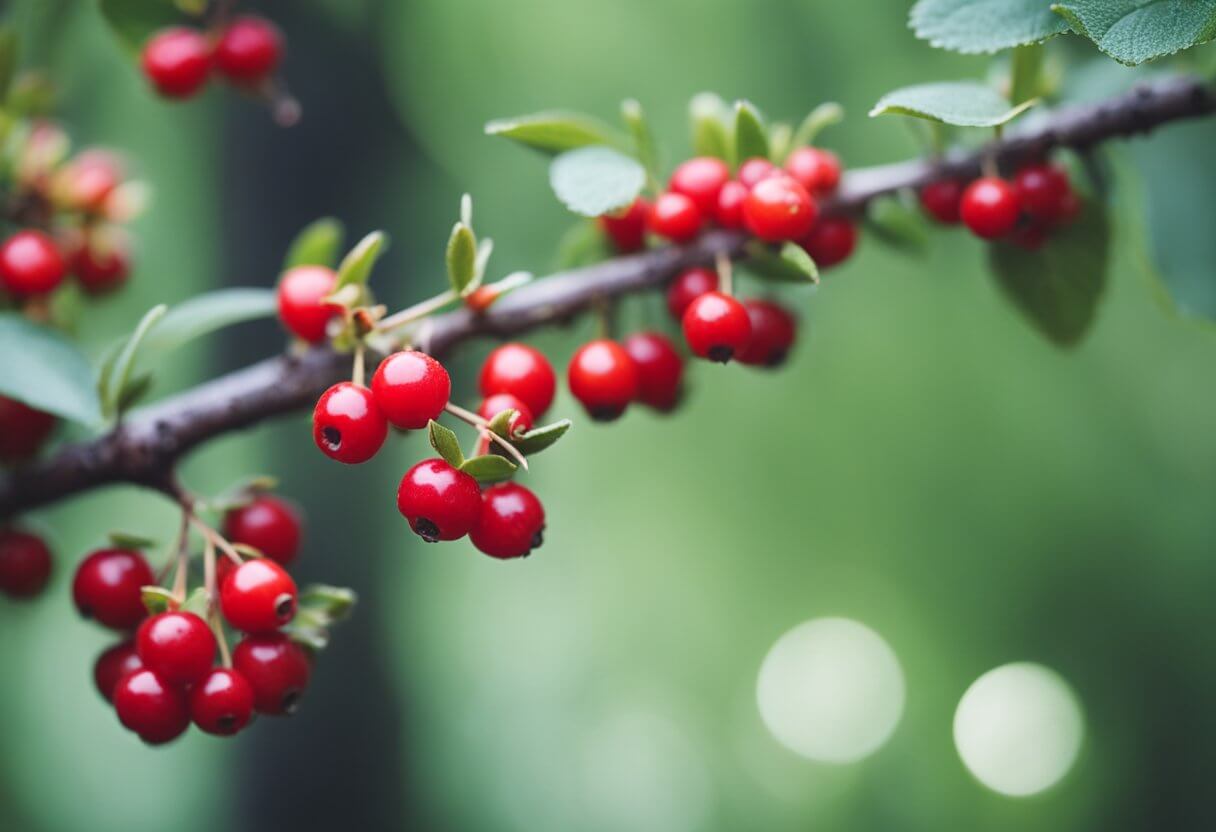When are Mayhaws in Season?
Mayhaw is a small fruit that is native to the Southern United States. It is commonly found in swamps, bayous, and other wetland areas. The fruit is typically harvested in late spring to early summer, depending on the region. In this article, we will explore when Mayhaws are in season and how to determine when they are ready to be picked.
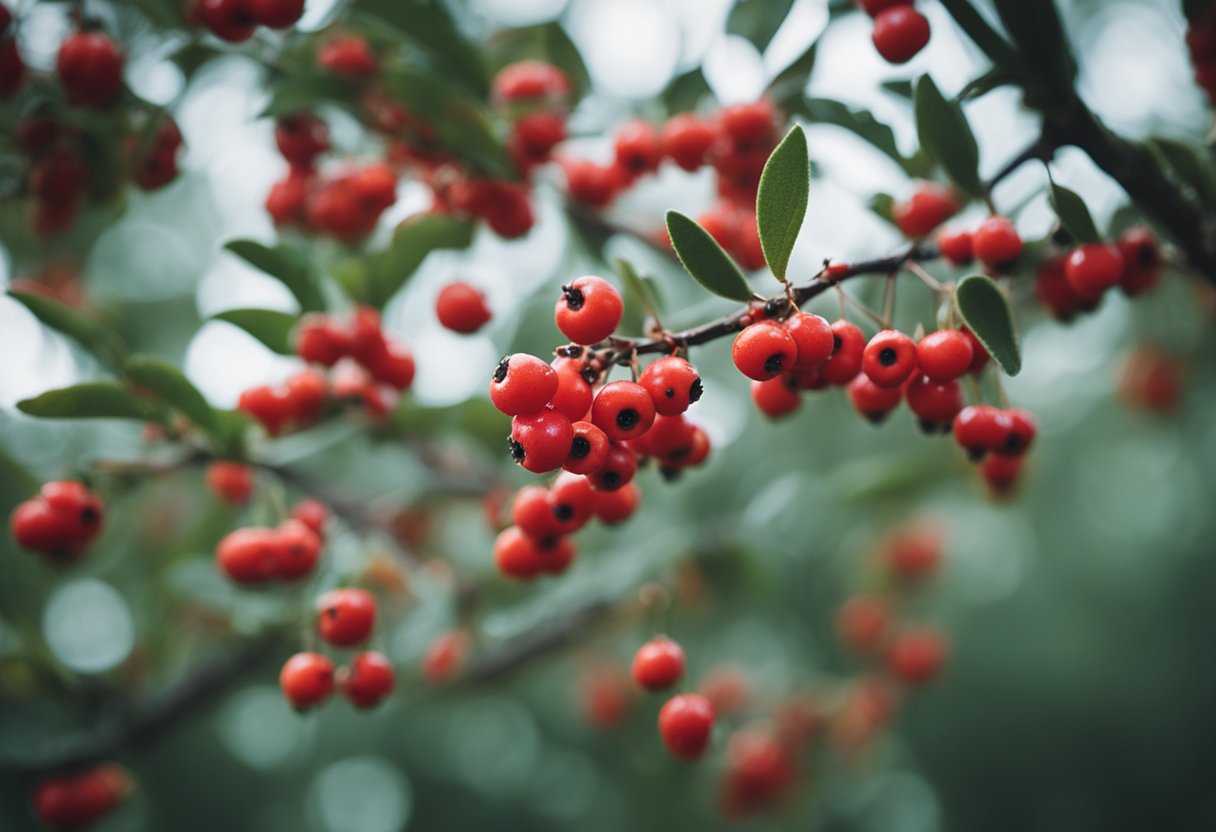
Mayhaws are known for their tart flavor and are often used to make jelly. The fruit is small, about the size of a cranberry, and is typically red or yellow in color. Mayhaw trees are relatively easy to grow and can be found in many backyards throughout the South. If you are lucky enough to have a Mayhaw tree in your yard, you may be wondering when the fruit is ready to be harvested.
The timing of the Mayhaw season can vary depending on the location and climate. Some trees may start producing fruit as early as March, while others may not be ready until July. It is important to pay attention to the tree’s growth and development to determine when the fruit is ready to be picked. In the next section, we will discuss some tips for harvesting Mayhaws and how to tell when they are ripe.
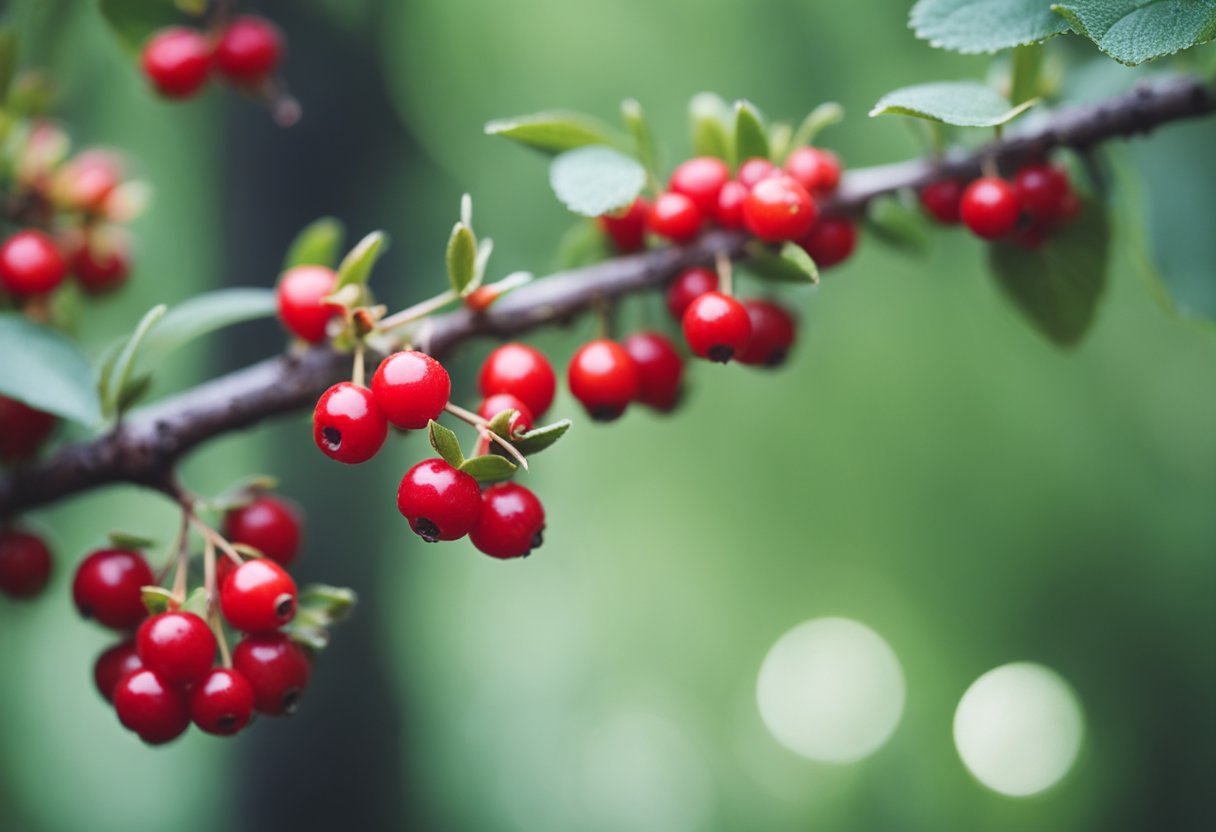
Seasonality Overview
Mayhaws are a type of fruit that are typically in season during the late spring and early summer months. The exact timing of the season can vary depending on factors such as location, weather conditions, and the specific variety of mayhaw tree.
In general, mayhaws begin to ripen in April or May and continue to do so throughout the summer months. The peak of the season typically occurs in May or June, although this can vary depending on the region.
It is also important to note that mayhaws are not typically available in grocery stores or other commercial outlets. Instead, they are often harvested by individuals or small-scale producers and used to make jams, jellies, and other preserves. If you are interested in trying mayhaws, you may need to seek out local producers or farmers markets in your area.
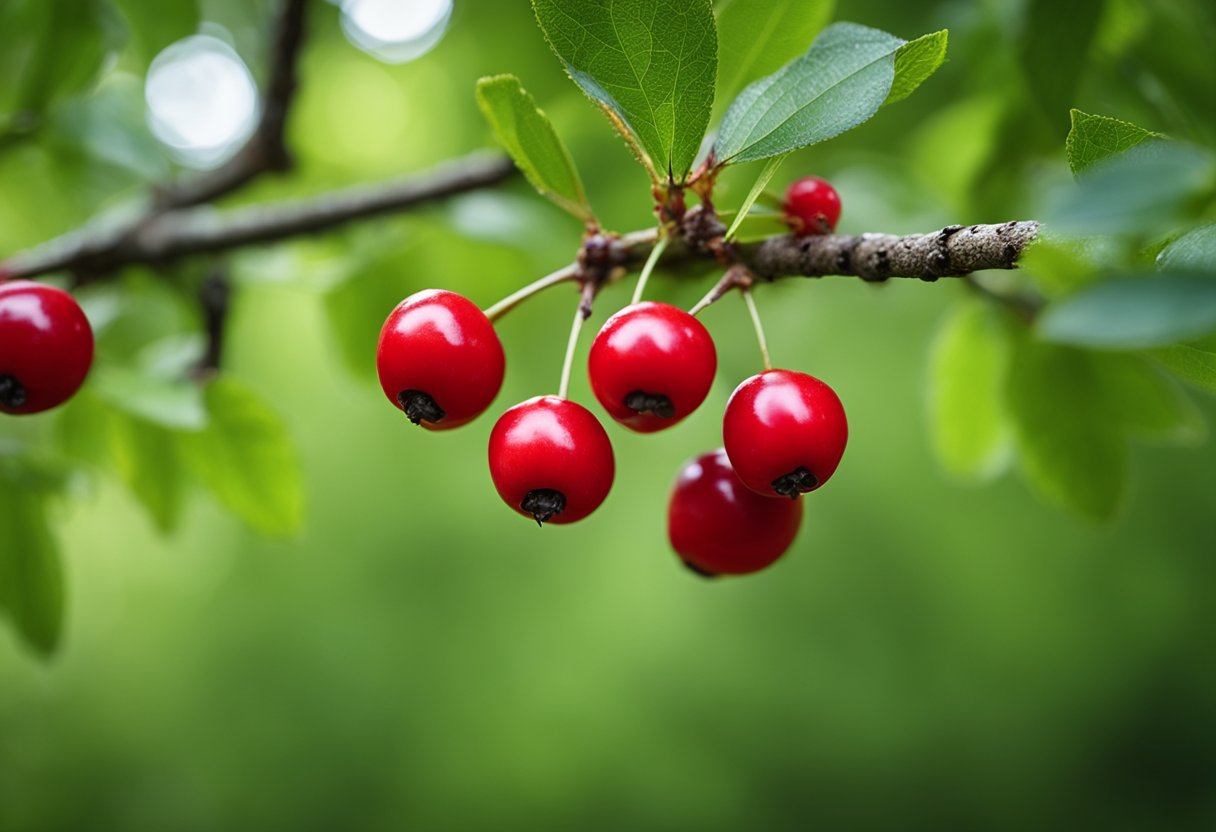
Varieties and Availability
Mayhaws are small, crabapple-like fruits that grow on hawthorn trees. There are two main types of mayhaw trees: the eastern mayhaw (Crataegus aestivalis) and the western mayhaw (C. opaca), each with a number of cultivars. Some of the more popular cultivars include:
- T.O Superberry: Blooms in late winter, fruit ripens in April. Large, dark red fruit with pinkish flesh.
- Heavy: Blooms in late winter, fruit ripens in late April to early May. Large, red fruit with a sweet flavor.
- Big Red: Blooms in late winter, fruit ripens in May. Large, red fruit with a tart flavor.
Mayhaws are typically in season from late March to early May, depending on the cultivar and location. They grow primarily in the southeastern United States, particularly in Louisiana, Texas, and Arkansas.
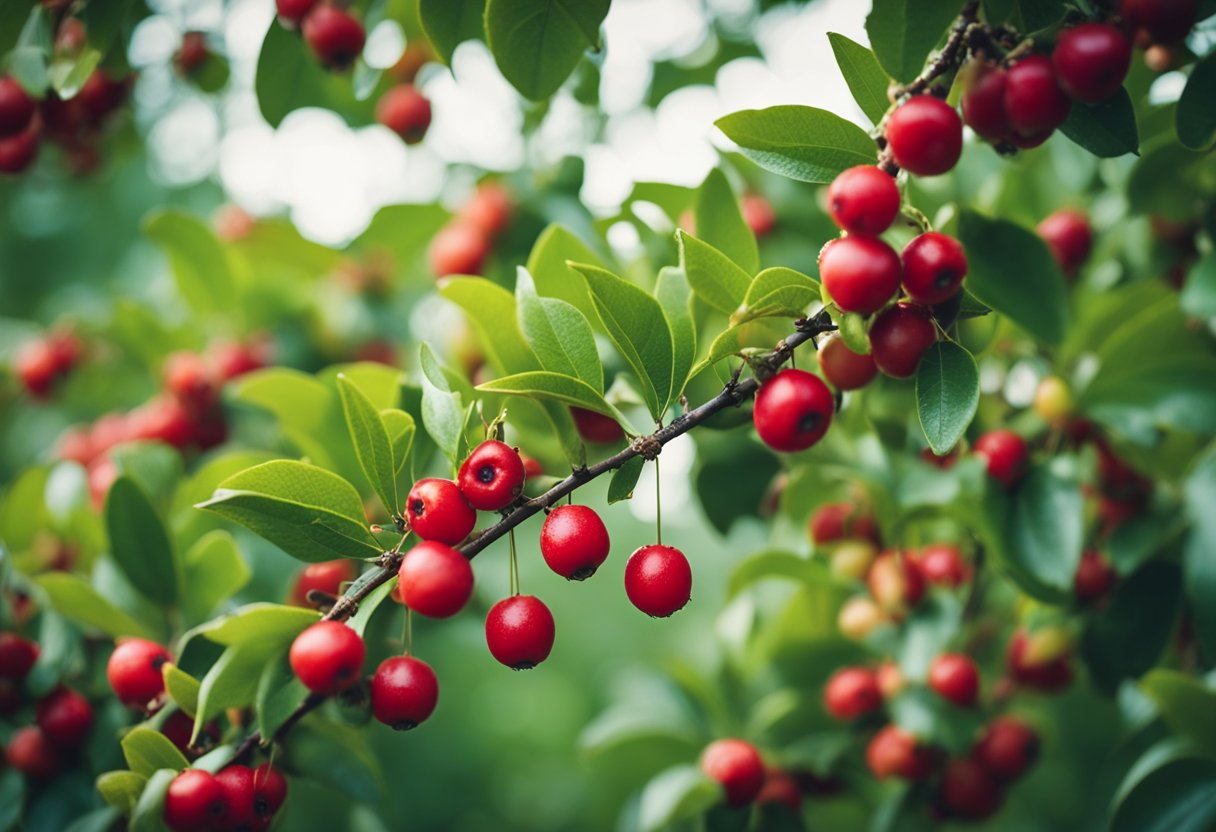
Seasonality in North America
Mayhaws typically ripen from mid-April to early May, and their season lasts for only a few weeks. According to Southern Living, mayhaw trees are indigenous to the southern United States and grow in the wild as far west as Texas. They thrive in wetland environments and produce small, tart-to-tasteless, berry-sized fruits that range in hue from yellow to red.
The seasonality of mayhaws varies depending on the region. If you’re looking to find mayhaws in your area, it’s important to know when they’re in season. Here’s a table that shows seasonality for each one of the US states:
Mayhaws Seasonality for The US States
| State | Season |
|---|---|
| Texas | late April to early May |
| Louisiana | late April to early May |
| Arkansas | late April to early May |
| Oklahoma | late April to early May |
| Mississippi | late April to early May |
| Alabama | late April to early May |
| Georgia | late April to early May |
| Florida | late April to early May |
| South Carolina | late April to early May |
| North Carolina | late April to early May |
| Tennessee | late April to early May |
| Kentucky | late April to early May |
| Virginia | early May |
Keep in mind that these dates are approximate, and the exact timing of the season can vary depending on weather conditions and other factors. If you’re interested in harvesting mayhaws, it’s a good idea to keep an eye on the trees in your area and check for ripeness regularly.
Seasonality in Europe
Mayhaws are not native to Europe, so you won’t find them growing naturally in the wild. Instead, they are typically grown in the southeastern United States, where they are a popular fruit for making jams and jellies.
That being said, if you’re interested in the seasonality of other fruits in Europe, it’s worth noting that the best time to visit Europe for fresh produce is between May and September. During this time, you’ll find a wide variety of fruits and vegetables in season, including asparagus, broad beans, carrots, garlic, and artichokes.
Overall, if you’re interested in harvesting Mayhaws, you’ll likely need to import them from the United States. However, if you’re interested in experiencing the best of Europe’s seasonal produce, plan your trip between May and September and research the specific regions you plan to visit to get an accurate idea of what to expect.
Health Benefits
Mayhaw berries are packed with nutrients and have been associated with several health benefits. They are rich in beta-carotene, vitamin C, calcium, and potassium. These nutrients are essential for maintaining good health and preventing diseases.
Beta-carotene is a powerful antioxidant that helps protect your cells from damage caused by harmful molecules called free radicals. Vitamin C is another antioxidant that helps boost your immune system and prevent infections. Calcium and potassium are important for maintaining strong bones and regulating blood pressure.
Mayhaws have also been closely associated with heart health. They contain flavonoids, which are compounds that have been shown to improve heart function and reduce the risk of heart disease. In addition, mayhaws are low in calories and high in fiber, making them a great addition to a healthy diet.
Overall, adding mayhaws to your diet can provide a variety of health benefits. They are a great source of nutrients and antioxidants that can help protect your body from disease and promote overall wellness.
